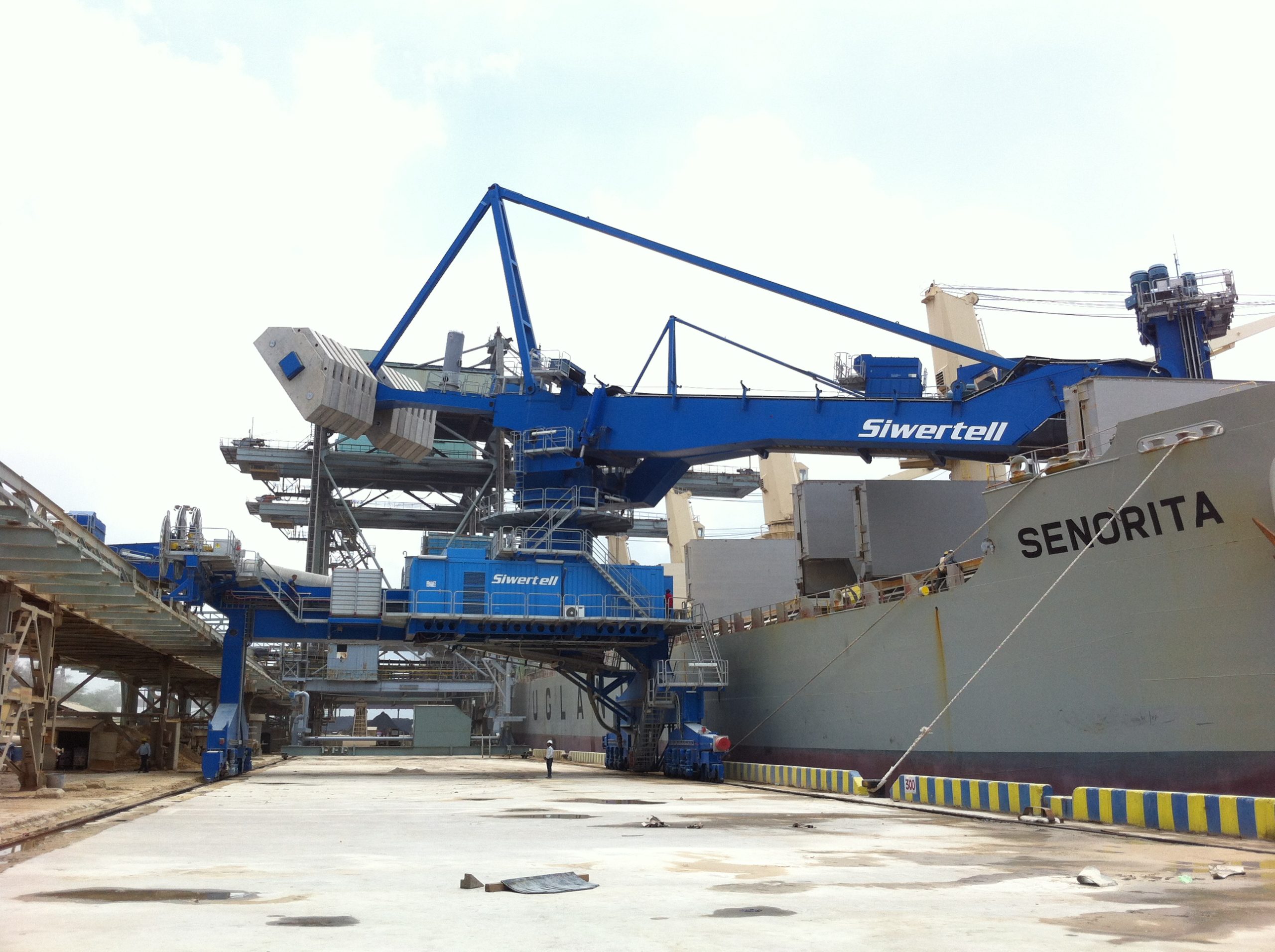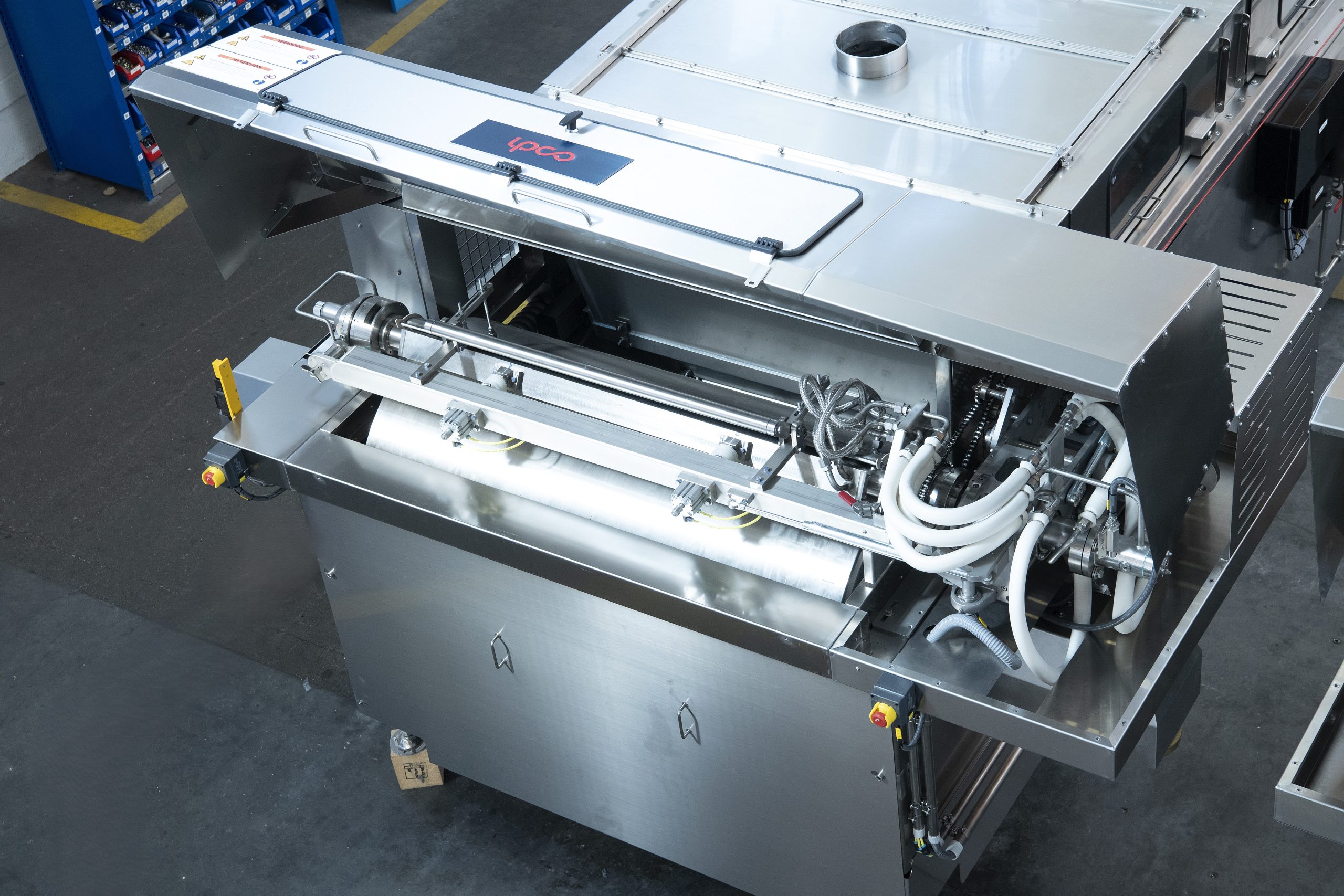Nitrogen+Syngas 324 Jul-Aug 2013

31 August 2013
Problem No. 19: High pressure pumps – which is better reciprocating or centrifugal?
In every urea plant, high-pressure pumps are used to pump the feedstock ammonia and carbon dioxide to the high-pressure synthesis section and in most urea plants carbamate liquid is recycled from the recirculation section to the synthesis section. Traditionally, plant capacities were small, synthesis pressures were high and reciprocating pumps were typically applied. With larger plant capacities, stripping urea technologies and the development of centrifugal pumps, more and more centrifugal pumps are being applied.
This discussion looks at the various advantages and disadvantages of reciprocating and centrifugal pumps, based on operating experience in the urea industry.

Mr Majid Mohammadian of OCI Nitrogen in the Netherlands starts up the following discussion: Please share your experiences, ideas and selection criteria for high-pressure pump types in urea plants. Is it a matter of cost, efficiency, capacity, etc.?
Mr Easa Norozipour of Khorasan Petrochemical Company in Iran replies: In my experience, centrifugal pumps are better than reciprocating pumps for the following reasons:
- With a centrifugal pump flow control to the synthesis section is better than with a reciprocating pump because, with a centrifugal pump, flow is controlled by a flow control valve with minimum fluctuations, but with a reciprocating pump the flow must be controlled by changing the plunger speed.
- Start-up is easier with a centrifugal pump compared to a reciprocating pump.
- The maintenance cost with a centrifugal pump is lower than with a reciprocating pump.
- Some parts of the plunger packing that is used in a reciprocating pump can be damaged and enter the synthesis section, where they may block the liquid distributors of the HP scrubber and also in the top of the HP stripper, causing them to malfunction. This risk doesn’t exist with a centrifugal pump.
- From an environmental viewpoint, a reciprocating pump has more leakage than a centrifugal pump. A centrifugal pump can meet the most stringent environmental regulations.
Mr Mark Brouwer of UreaKnowHow.com in the Netherlands adds some arguments to the discussion and asks a question: Reciprocating pumps are better with respect to investment costs and efficiency, but what about reliability?
Mr Saadat Motamedi of Pardis Petrochemical Company in Iran shares his experiences: Change of flow during operation is easier with a centrifugal pump and is possible with minimum flow fluctuations.
Majid comes back: Do you have any price figures for the same capacity for both types? Do you have power consumption figures for both types at the same capacity? As regards reliability, I think that centrifugal pumps are more reliable due to easier operation, less maintenance and better safety. Mr Mahmood Zafar of FFC Mirpur Mathelo in Pakistan contributes to the discussion: A reciprocating pump is far better than a centrifugal one for the following reasons:
- Costs: A centrifugal pump requires two auto valves in the discharge, one for feed and the other for recycle to maintain minimum flow during low plant load. This means that a recycle line with other accessories are also required. A reciprocating pump requires only one auto valve for feed isolation.
- A centrifugal pump always needs more power than a reciprocating pump for the same flow.
- A centrifugal pump requires more seal flush water flow than a reciprocating pump for carbamate service.
- The change over of a reciprocating pump is relatively easy compared to a centrifugal pump and causes less disturbance to the process.
I have experience with both pump types for carbamate service.
Mr Muhammad Farooq of Agritech Limited in Pakistan shares his opinions and experiences: The following points are well known for pump selection:
- Manufacturers generally provide a chart that indicates the zone or range of heads and flow rates that a particular pump model can provide. Before selecting a pump model, examine its performance curve, which is indicated by its head-flow rate or operating curve. The curve shows the pump’s capacity and also indicates pump size, type, operating speed and the pump’s best efficiency point. The pump operates most cost effective when the operating point is close to the best efficiency point (BEP).
- A centrifugal pump has varying flow depending on pressure or head, whereas a reciprocating pump has a more or less constant flow regardless of the pressure. A centrifugal pump loses flow as the viscosity goes up but a reciprocating pump actually increases flow.
In my opinion a centrifugal pump is preferable for carbamate liquid. This is based on our 13 years experience of trouble-free operation with a centrifugal Ebara pump. Maintenance costs are negligible, whereas in the case of a reciprocating pump it requires a lot of maintenance of the plunger, packing, gear box problems, pump stoppages and safety matters. Carbamate centrifugal pumps are much easier to handle and easy to change over in operation.
An overview of the differences between centrifugal and reciprocating pumps is given below:
- The most obvious reason to use a reciprocating pump is when you have a high viscosity application. It is common knowledge that a centrifugal pump becomes very inefficient at even modest viscosity. However, there are many other reasons to select a reciprocating pump over a centrifugal other than high viscosity. In fact reciprocating pumps are very commonly used for thin liquids like ammonia and solvents.
- A simple rule of thumb is you should consider using a reciprocating pump whenever you might be operating a centrifugal pump at other than at the best efficiency point (BEP). Of course the further away from the BEP you get the more likely a PD pump will be a better choice. This can typically happen at low flow conditions, modest to high head conditions, or any type of elevated viscosity. As you can see from the efficiency curve it takes more horsepower to operate a centrifugal outside of its BEP. This horsepower has a cost, the initial cost of the larger motor plus a higher life cycle cost in energy consumed. Often the reciprocating pump will have a lower initial cost as well as a lower operating cost.
- Another reason to use a reciprocating pump would be if the application has variable pressure conditions. A centrifugal pump will travel up and down the curve, which can cause process problems. A reciprocating pump will give near constant flow that makes it possible to match the flow to the process requirements. The desire to have constant flow is the reason that a reciprocating pump is the pump of choice for metering applications.
- Obviously, if there is changing viscosity in the application the reciprocating pump is the best choice. As can be seen from the charts, viscosity has a major impact on the centrifugal pump performance. Even a small change in viscosity, like 200-400 SSU, has a large impact on the centrifugal.
- Reciprocating pumps generally can produce more pressure than centrifugal ones. This will depend on the design of each pump but pressures of 250 psi (580 feet) are not unusual for a reciprocating pump with some models going to over 1000 psi (2,300 feet). This is a significant difference between the two principles. The capability for a reciprocating pump to produce pressure is so great that some type of system overpressure protection is required.
- Generally speaking, pumps tend to shear liquids more as speed is increased and the centrifugal is a high speed pump. This makes the reciprocating pump better able to handle shear sensitive liquids. Shear rates in reciprocating pumps vary by design but they are generally low shear devices, especially at low speeds. Internal gear pumps, for example, have been used to pump very shear sensitive liquids. It is important to contact the manufacturer for specific information on shear rates and application recommendations.
- By their nature, reciprocating pumps create a vacuum on the suction side so they are capable of creating a suction lift. The standard ANSI centrifugal does not create a vacuum so it cannot lift liquid into the suction port. There are self-priming centrifugal designs that can lift liquid an average of 15 feet. This corresponds to a vacuum of 13” Hg. Wetted reciprocating pumps (a pump that is not full of liquid but with some liquid in it) can often reach vacuums of 25 to 28” Hg. So a reciprocating pump is the logical choice when there is a suction lift required.
- As mentioned earlier, reciprocating pumps tend to run at lower speeds than centrifugal ones. This will have an impact on seal life, so reciprocating seals tend to last longer than seals in centrifugal pumps. In addition, to assure adequate seal life a centrifugal will typically require one of the seal flush plans. A reciprocating pump, because of its lower shaft speed typically does not need an external flush plan. Also, generally speaking, low speed mechanical devices tend to operate longer than high speed mechanical devices.
- At certain combinations of flow and pressure centrifugal pumps are inherently inefficient, due to the design of the impeller and the short radius turn the flow must make. These applications are generally under 100 gal/min but particularly under 50 gal/ min. A reciprocating pump, by contrast, is very well suited for low flow conditions. Centrifugal pumps, by contrast, tend to do very well in high flow conditions.
Mr Muhammad Adnan Hanif of Fauji Fertilizer Company Limited in Pakistan shares his opinion: I agree with Mehmood and I think reliability is the only argument that favours a centrifugal pump.
Majid replies: Do you have experience with reciprocating pumps for large plant capacities (>3000 t/d)?
Mr Faraham Jafarvand of NEWJCM Turbomachinery Manufacturing Co. in China provides valuable information: I agree with those that are of the opinion that a centrifugal pump has a higher reliability compared to a reciprocating one. Despite the higher efficiency of a reciprocating pump, it usually requires a lot of maintenance compared to a centrifugal pump. Regarding power consumption, I have figures for Ebara pumps for a 3,250 t/d urea plant. HP ammonia pump: 139 m3/h and dP = 171 bar leads to a driver power of 1200 kW (of course, the required power is considerably less than this amount; about 1035 kW), efficiency = 65%. HP Carbamate pump: 84 m3/h and dP =147 bar leads to a pump rated power of 600 kW and a driver of 700 kW.
Mark replies: I can give an indication on price: 50 m3/hr centrifugal HP carbamate pump, power driven, 2004: 600.000 Euro ex works.
Mr Muhammad Sarfraz of Fatima Fertilizer Ltd. in Pakistan gives his opinion: I agree with those supporting centrifugal pumps but one major factor may also be considered during the initial investment phase: capital cost. A reciprocating pump is very competitive compared to a centrifugal one.
Mr Meer Salman Muddasar of Engro Fertilizer Ltd in Pakistan shares his experiences: We are operating a 21 years old relocated urea plant with reciprocating pumps for both ammonia and carbon dioxide. We have faced several issues over the years but a reciprocating pump is much easier to operate, e.g.:
- During startup feed into the reactor, if the carbon dioxide compressor is centrifugal type, the flow in and out would surge with changes in pressure of the synthesis loop.
- For plants with power and steam limitations reciprocating pumps, power driven, are fine.
- Very fine and easy control of the N/C ratio since a centrifugal pump disturbs the flow with change in synthesis loop pressure.
| This series of discussions is compiled from a selection of round table topics discussed on the UreaKnowHow.com website. UreaKnowHow.com promotes the exchange of technical information to improve the performance and safety of urea plants. A wide range of round table discussions take place in the field of process design, operations, mechanical issues, maintenance, inspection, safety, environmental concerns, and product quality for urea, ammonia, nitric acid and other fertilizers. |






